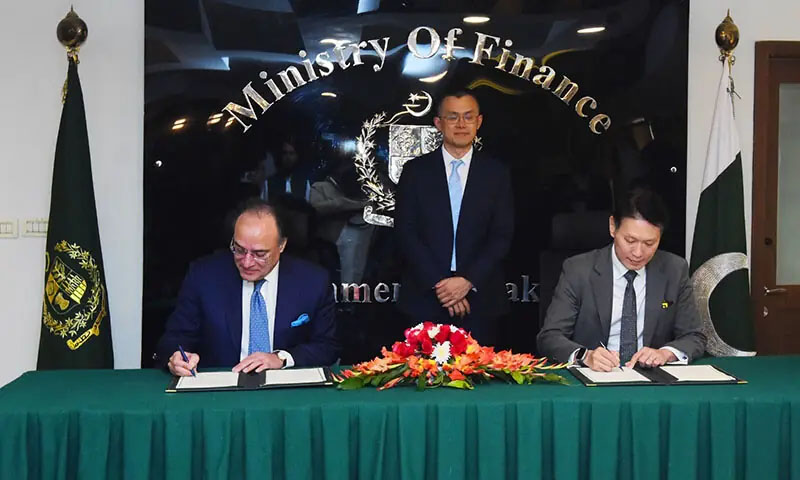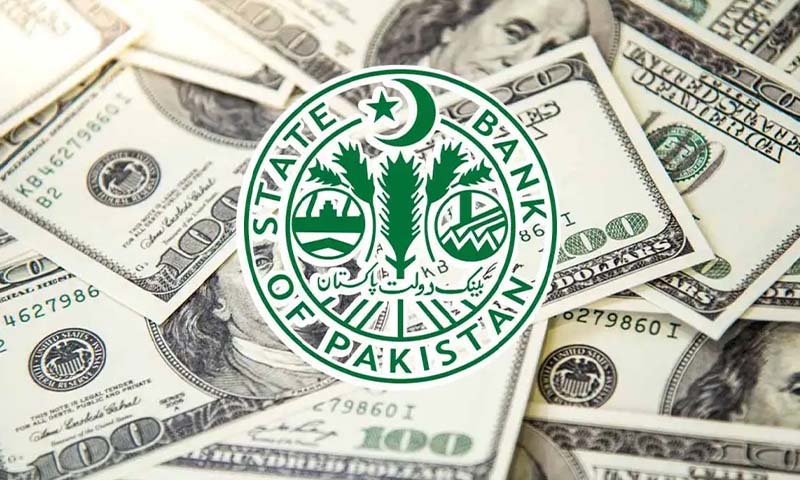- Web Desk
- 8 Hours ago
Weekly inflation inches up amid rising chicken and potato prices
-
- Web Desk
- Apr 05, 2025

ISLAMABAD: Weekly inflation in Pakistan recorded a slight rise of 0.20 per cent for the period ending April 3, according to the latest data from the Pakistan Bureau of Statistics (PBS).
However, the overall year-on-year trend continued to reflect a welcome drop, with prices falling by 1.99 per cent compared to the same week last year.
The Sensitive Price Index (SPI), which tracks the movement of prices for 51 essential goods across 17 cities and 50 markets nationwide, showed mixed trends during the week. Of the monitored items, 15 saw price increases, 10 became cheaper, while the rates of 26 items remained unchanged.
What got more expensive this week?
The most noticeable weekly spike was seen in chicken prices, which surged by 7.17 per cent. Potatoes rose by 6.50 per cent, while onions climbed 5.10 per cent. Other slight upticks were reported in the prices of tomatoes, mustard oil, beef, milk, gur, lawn fabric, and even cigarettes.
What became cheaper?
Meanwhile, garlic prices fell by 6.11 per cent, followed by bananas down 5.34 per cent and eggs by 4.79 per cent. Slight drops were also noted in LPG, petrol, and various pulses, as well as powdered milk.
The broader annual picture shows notable price relief in several food staples. Onions, for instance, are now 67.46 per cent cheaper compared to last year. Wheat flour is down by 31.63 per cent, and tomatoes by 20.93 per cent. Electricity tariffs for the first quarter also saw an 18.92 per cent reduction, while petrol, pulses, and rice experienced varying degrees of price decline.
However, some items became significantly costlier over the year. The price of ladies’ sandals soared by 55.62 per cent, while powdered milk, pulse moong, and beef rose by over 20 per cent. Sugar, vegetable ghee, and chicken also saw double-digit increases.
Inflation did not affect all income segments equally. During the week, the lowest income group faced a 0.28 per cent increase, slightly higher than the 0.17 per cent rise seen by the highest income group.
On a yearly basis, the lowest income group saw a 2.31 per cent drop in inflation, compared to a 1.42 per cent decline for the highest earners. Across all income brackets, the annual SPI decline ranged from 2.59 per cent to 1.42 per cent.
The figures reflect a delicate balance between temporary weekly fluctuations and longer-term price stability, offering some relief to consumers already struggling with broader economic challenges.
Read next: Inflation in Pakistan falls to 0.7 per cent, lowest in nearly six decades





